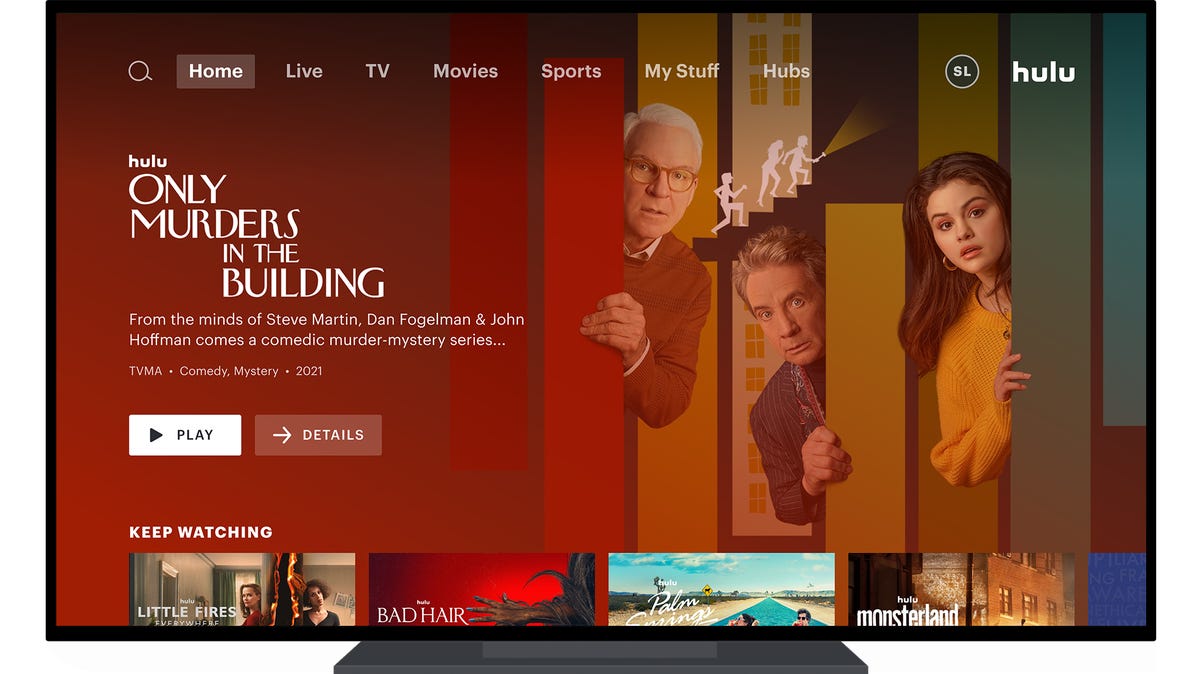Why Are Your Streaming Bills So High Today?
Do you recall when switching from cable to streaming was meant to save you cash?
Years have passed since the streaming revolution, where major companies and film studios invested billions to create new streaming platforms, many featuring “plus” in their names. This includes Netflix, Disney+, Apple TV+, Paramount+, Peacock, Max, Hulu, and Amazon Prime Video, along with some niche options like Shudder and Acorn TV. While traditional networks and cable channels still produce content, if you’re after the most acclaimed and star-studded series, you’ll need an internet connection.
This is great if you love binge-watching. But have you recently looked at your monthly subscription expenses? The costs for services like Peacock and Disney+ may have significantly increased since you first subscribed.
When platforms like Disney+ and Apple TV+ debuted, they offered incredibly low prices to attract users, but they’ve been gradually raising their rates. If “Bluey” and “Ted Lasso” are already on your bill, you might not have noticed how quickly prices are climbing across nearly all services. In fact, if you’re looking to enjoy ad-free Hulu, be prepared to pay a hefty $18.99 a month starting in October, following another price increase for all Disney platforms. Ad-free Hulu was launched back in 2015 for just $11.99 a month.
Let’s take a closer look at the current and upcoming prices among major streaming platforms, bundle offers, and the new sports-only app, Venu, set to launch this month.
So, everything’s more expensive. This must mean that the streaming services are better than ever, right? Actually, in many cases, the volume of new shows produced yearly has declined since the streaming boom peak in 2019 and 2020. So why are companies raising prices for content while also canceling beloved shows and reducing new ones?
Are Streamers Like Netflix Pushing You Towards Ads?
The straightforward answer lies in finances. “Streamflation,” a term some have coined, reflects the larger trend of rising consumer prices affecting the U.S. economy. However, in the entertainment sector, there is more at play. For many years, streaming was marketed as an affordable alternative to cable, while media companies viewed it as a golden opportunity. Following a significant drop in subscribers in 2022, Netflix set off a chain reaction that resulted in layoffs, cost reductions, price hikes for consumers, bundling of services, and the introduction of ad-supported tiers on platforms that previously promised no commercials, all in search of additional revenue.
In the ensuing scramble—especially after realizing the limited number of potential subscribers—Netflix and its competitors raised prices, mostly on ad-free plans. The strategy behind this? To drive subscribers toward cheaper, ad-supported selections. This strategy is logical considering that more viewers translates to higher advertising fees.
Bundling Is Key
The rise in prices for individual streaming services is part of a new tactic to motivate users to subscribe to bundles like the Disney and Hulu package or even cross-service bundles like the Max/Disney+/Hulu combination and the Comcast’s Xfinity Streamsaver, which includes Peacock, Netflix, and Apple TV+. When ad-free Disney+ can be paired with your Hulu for only $1 more than subscribing to ad-free Hulu, why wouldn’t you choose that option? It’s essentially the supersized version of streaming offerings.
Research indicates that those who subscribe to bundles tend to stay with their services longer compared to users who sign up for individual services, a costly behavior known as “churn,” which requires considerable marketing resources to manage.
What Lies Ahead for Streaming? More Ads, Bundles, and Rising Costs
If you dislike ads, bundles, or paying more for fewer shows, I’ve got disappointing news: These trends in the streaming landscape are likely here to stay. While some users may cancel in protest, many others will not.
“Consumer response to price hikes varies significantly. Typically, around 30% to 40% of subscribers might consider cancelling due to a price increase,” observes Catalina Skramstad, senior VP of marketing and partnerships at streaming analytics firm NPAW.
Even with some cancellations occurring, enough subscribers remain, and certain services are generating sufficient revenue to keep Wall Street content. Therefore, more bundles, higher prices, and a focus on ad-supported options (like Amazon, where regular subscribers unexpectedly encountered ads) seem to be on the horizon.
Unless they choose to pay extra, this is the new normal in the realm of streaming.
However, this could all change with the next major surge or decline.

